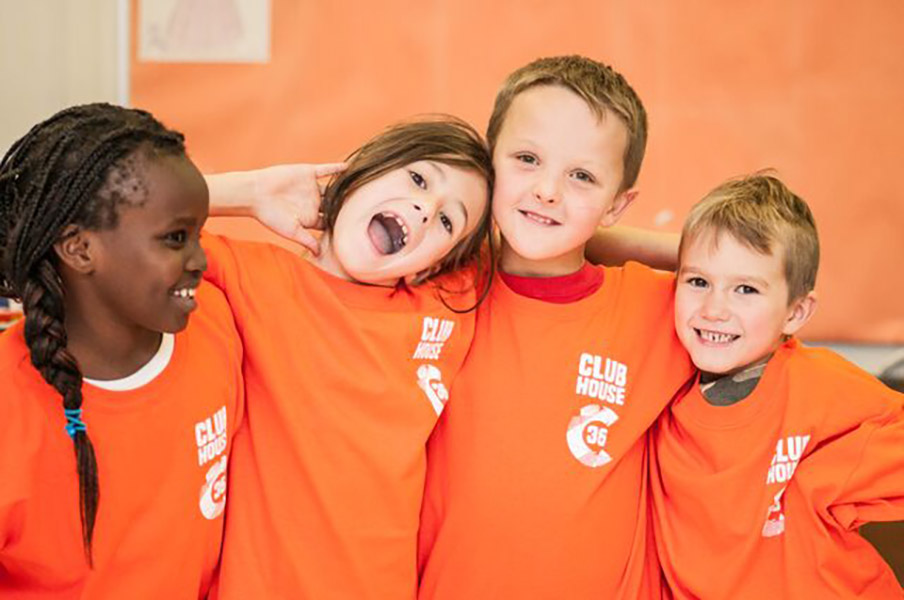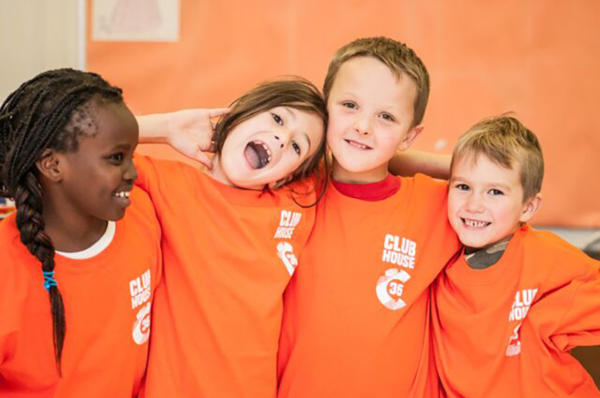#TellMeMore: A Letter from Bob: Part 3
Clubhouse 36 – A Conconi Legacy Grant. Legacy Grant’s are multi-year funding commitments, and this is a perfect example of where relationship building was the key to success.
Clubhouse 36 – A Conconi Legacy Grant. Legacy Grant’s are multi-year funding commitments, and this is a perfect example of where relationship building was the key to success.


Happy Birthday to us, we are turning 15!
As you may know and remember, adolescence is about self-discovery and developing self-identity. We are right at the thick of it. For that reason, we asked Robert Conconi to share what the past 15 years have been like and what do we have to look forward to when it comes to the future work of the Foundation. And because it’s impossible to put 15 years into a short written form, we’ll share with you some letters from Bob.
Part 3: Relationships
In my last letter, I wrote about a shift to clarity as a key milestone for our Foundation. Nowadays, before we begin a new granting cycle we spend several years doing deep and broad research into the theme our board has settled on. Think about this: we plan to spend anywhere between 7-10 years funding a particular theme, if you add up an average of $700,000 we fund per year the total dollar amount adds up quickly.
In order to responsibly allocate these funds, and in turn have the highest possible impact, we do a very careful study on how we might achieve this goal. We collect data, we conduct interviews, we talk with people whose lives we ultimately wish to affect, we talk with experts in civil society and government, we engage with businesses, universities, etc. We essentially speak with people smarter than us, who know this body of work well.
This process is called due diligence. We start by trying to understand the big picture and then drill down to the nitty-gritty details. The time and effort it takes to do this work, along with the process itself open up several doors for us:
The business of giving is about relationships and trust. At the end of the day, it is about people. My business success was about people and building relationships, our Foundation is no different. As philanthropists, we cannot lose sight of the people we hope to benefit from our funding. Know your “client” KYC, the most important rule in business, applies here as well. Today it is easy to get distracted by some of the latest technologies, thinking trends, new ways of saving the world and forget about the HUMAN aspect.
Please don’t take this the wrong way, I am not against the NEW. I am usually the first one to get on a wait list for a new gadget about to be released, much to Diane’s disbelief. Some of those latest and greatest trends can, in reality, be very useful, just as long as the human factor is carefully considered. In my next letter, I will write about the OUT OF THE BOX approaches we use as tools and frameworks for our work.
We have other great content, continue exploring below.